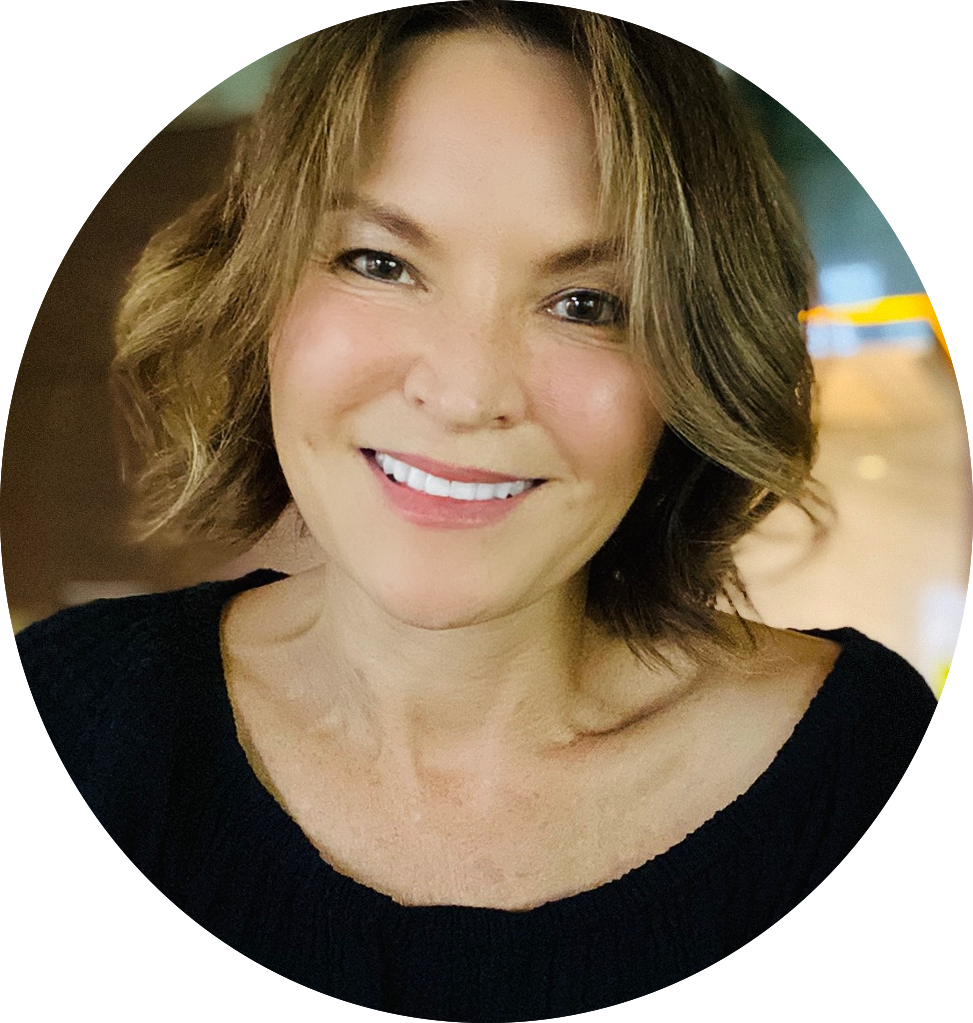What if you could look and feel like you’re 40 when you are 70? What if 150 years is the new 90 years?
If this science wasn’t coming out of Harvard Medical School, you’d probably think this was crazy. But the science is showing us that reversing aging is possible.
Harvard research scientist and New York Times best-selling author, Dr. David Sinclair, is keen on increasing LifeSpan. And by the way, this is the same name of his book “LifeSpan – why we age and why we don’t have to” and the name of his podcast.
As a young adult, Sinclair recognized that there was this thing that happens to everybody called “aging”. And we’ve all just basically accepted it as in inevitable part of life. But in his world, aging is a medical condition and we should treat it just as we would cancer or Alzheimer’s — find a way to reverse it.
Sinclair is not only interested in increasing lifespan but what he really wants is to improve the quality of your health and determine the mechanism behind reversing the aging process.
Essentially, he wants to know can we take older cells and make them young again?
Much of his research has been focused on tapping into one of the body’s natural defenses against aging, a set of genes, called sirtuins, that when stimulated show benefits for aging and age related disease.
Sinclair’s team took sibling mice (born at the same time) and accelerated the aging process in only one of them. Ten months later they had two mice but one was 50% older. Check out the photo above, can you guess which one is older?
Their question was, if you could accelerate aging can you reverse it too?
So they took another set of really old mice, almost 2 years old (apparently that’s old for mice), supplemented the drinking water of only one of the mice with NMN and found that NMN supplementation was able to rejuvenate the cardiovascular system of the mouse. Check out the rat race, pun intended, in the video below.
According to Dr. Sinclair, the mice treated with NMN had improved exercise capacity due to improvements in vascular function.
“And what was most striking? These animals’ capacity for exercise improved dramatically. In fact, the old mice treated with NMN had up to 80 percent greater exercise capacity, compared with the untreated old mice.”
How does this NMN work?
NMN is the precursor to something called NAD+ in the body.
NAD+ plays a role in more than 500 reactions in the body, including energy production, metabolism, aging, gene expression, stress response, and DNA repair. NAD+ is essentially the fuel for the sirtuins, which means NAD+ activates the the anti-aging sirtuin genes.
So NAD+ is kinda of a big deal.
The ideas is that as we get olde and NAD+ levels in our cells starts to decline the sirtuins are no longer being stimulated to protect against the mechanism of aging and therefore we begin to see our muscles atrophy, our metabolism decline, and other symptoms such as
- Fatigue
- Reduced blood vessel health
- Muscle loss
- Cognitive decline
- Eyesight and hearing loss
- Shorter lifespan
which are all signs of aging.
 What the research has shown is that supplementing with nicotinamide mononucleotide, NMN, boosts the production of NAD+ in the body which then has many health benefits including improving dysregulation of gene expression, DNA repair, improving the body’s ability to recycle proteins leading to less protein accumulation in the body (like in Alzheimer’s), age related inflammation and other aging mechanism. (R)
What the research has shown is that supplementing with nicotinamide mononucleotide, NMN, boosts the production of NAD+ in the body which then has many health benefits including improving dysregulation of gene expression, DNA repair, improving the body’s ability to recycle proteins leading to less protein accumulation in the body (like in Alzheimer’s), age related inflammation and other aging mechanism. (R)
To test the long-term effects of NMN supplementation, researcher’s at Cornell supplemented mice with NMN for 12-months(R):
Use discount code Replenish20 for 20% off.
In this study, we conducted a 12-month-long NMN administration to regular chow-fed wild-type C57BL/6N mice during their normal aging. Orally administered NMN was quickly utilized to synthesize NAD+ in tissues. Remarkably, NMN effectively mitigates age-associated physiological decline in mice. Without any obvious toxicity or deleterious effects, NMN suppressed age-associated body weight gain, enhanced energy metabolism, promoted physical activity, improved insulin sensitivity and plasma lipid profile, and ameliorated eye function and other pathophysiologies. Consistent with these phenotypes, NMN prevented age-associated gene expression changes in key metabolic organs and enhanced mitochondrial oxidative metabolism and mitonuclear protein imbalance in skeletal muscle. These effects of NMN highlight the preventive and therapeutic potential of NAD+ intermediates as effective anti-aging interventions in humans.

So what about NMN in Humans?
Numerous studies on human are showing similar benefits:
- Supplementing older women with 300 mg of oral NMN improves sugar and cholesterol metabolism.(R)
- NMN improves hormone levels in older women.(R)
- Treatment with NMN reduces a process called glycation in the skin, which suggests the reversal of skin aging. (R)
- NMN improves sleep quality in adults over 65 years old.(R)
- Better sleep has been shown to improve cognition and physical performance, which may improve aged adults’ outlook on life and the overall number of healthy years people live. (R, R)
So what happened when I took NMN for a month?
After only 1 month or less, I think it was around 2-3 weeks, I started to notice less muscle soreness and faster recovery times in between workouts. I also noticed I had more energy during workouts and that my endurance was much better. I really felt like I was flying at times. It was a marked difference for me. I noticed that when I took the foam roller (the kind you see at a physical therapy office or gym) to my legs, my legs didn’t feel sore like they typically did. My brother reported very similar benefits, less muscle tension, soreness and faster recovery times.
I use to cringe when I’d massage my leg muscles, not just after a work out but pretty much all the time, and that’s gone. So I’m definitely liking what I’m feeling!
If you’d like to try NMN use discount code Replenish20 for 20% off.


